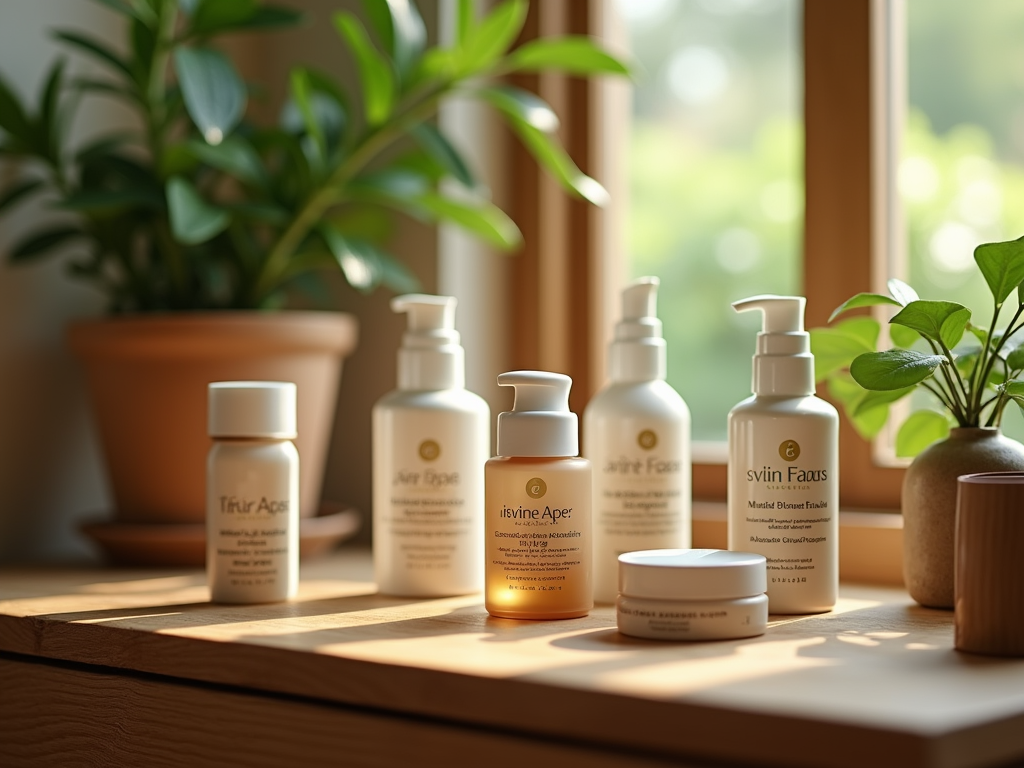Chemical exfoliation is a skin treatment that harnesses the power of exfoliating agents to remove dead skin cells and improve the skin’s overall appearance. Unlike physical exfoliation, which relies on scrubs or brushes, chemical exfoliants penetrate the skin’s surface to provide a deeper cleanse. This method promotes cell turnover, diminishes dullness, and targets various skin concerns such as acne, hyperpigmentation, and signs of aging. With a variety of products and acids available, chemical exfoliation can be tailored to fit individual skin types and needs, making it a versatile option for anyone looking to achieve smoother, more radiant skin.
Understanding Chemical Exfoliation

Chemical exfoliation involves the use of chemically formulated solutions to slough away dead skin cells and promote new cell growth. This method can be classified into two main categories: alpha hydroxy acids (AHAs) and beta hydroxy acids (BHAs). AHAs, such as glycolic and lactic acid, are water-soluble and typically used for dry or sun-damaged skin, while BHAs like salicylic acid are oil-soluble, making them ideal for oily and acne-prone skin. The following highlights key features of each type:
- Alpha Hydroxy Acids (AHAs): Effective in improving skin texture, promoting moisture retention, and addressing sun damage.
- Beta Hydroxy Acids (BHAs): Penetrate deeper into the pores to dissolve excess oil and prevent breakouts.
Both AHAs and BHAs work by loosening the bonds that hold dead skin cells together, facilitating their removal. This process reveals the fresher, healthier skin underneath, resulting in a more even skin tone and visible glow. Regular application can also enhance the absorption of other skincare products, enabling them to penetrate deeper and work more effectively.
Benefits of Chemical Exfoliation

Incorporating chemical exfoliation into your skincare routine can offer a plethora of benefits. Some of the most notable advantages include:
- Improved Texture: The removal of dead skin cells leads to a smoother skin surface.
- Brighter Complexion: Regular exfoliation can help fade dark spots, giving your skin a more uniform glow.
- Reduced Breakouts: By unclogging pores, chemical exfoliants can help prevent acne flare-ups.
- Minimized Fine Lines: Promoting collagen production can reduce the appearance of fine lines and wrinkles.
- Enhanced Product Efficacy: With a clearer surface, your other skincare products can penetrate better and deliver optimal results.
These benefits make chemical exfoliation a compelling option for anyone wanting to elevate their skincare game. However, understanding your skin type and choosing the right product is vital for achieving the desired outcomes without irritation.
To reap the benefits of chemical exfoliation effectively, it’s important to establish a proper routine. Here’s a step-by-step guide to incorporating chemical exfoliants safely into your skincare regimen:
- Patch Test: Always conduct a patch test on a small area of your skin to check for potential adverse reactions.
- Choose the Right Product: Select an exfoliant based on your skin type; sensitive skin may benefit from gentler AHAs.
- Start Slow: Begin with using the exfoliant once a week to monitor your skin’s response.
- Follow Up with Moisturizer: After exfoliation, apply a quality moisturizer to hydrate and soothe your skin.
- Use Sunscreen: Chemical exfoliants can increase your skin’s sensitivity to the sun, so applying daily sunscreen is crucial.
By following these steps, you can minimize the risk of irritation while maximizing the benefits of chemical exfoliation. Consistency is key, and adapting to your skin’s needs over time is essential for successful results.
Conclusion
Chemical exfoliation offers an effective way to achieve perfect skin by promoting cell turnover, improving texture, and addressing specific skin concerns. Whether you opt for AHAs or BHAs, understanding how these chemical agents work can empower you to make informed decisions about your skincare routine. By combining proper application techniques with ongoing care, you can enjoy a more vibrant complexion that radiates health and confidence. Remember, patience is essential; results take time, but the payoff is undeniably worth it!
Frequently Asked Questions
1. Can I use chemical exfoliants every day?
It’s generally not recommended to use chemical exfoliants daily, especially if you have sensitive skin. Starting with once a week and gradually increasing frequency can help you monitor your skin’s tolerance.
2. What should I do if my skin becomes irritated?
If irritation occurs, discontinue use immediately and apply a soothing moisturizer. It’s advisable to consult with a dermatologist if the irritation persists.
3. Are chemical exfoliants safe for all skin types?
While many people can benefit from chemical exfoliants, those with very sensitive skin or certain skin conditions should consult a dermatologist before using them.
4. How long does it take to see results from chemical exfoliation?
Results can vary, but many people begin to notice improvements in skin texture and tone after just a few weeks of regular use.
5. Should I use chemical exfoliation in the morning or evening?
It is typically recommended to use chemical exfoliants in the evening, as this helps to avoid sun sensitivity that can occur with these products.



